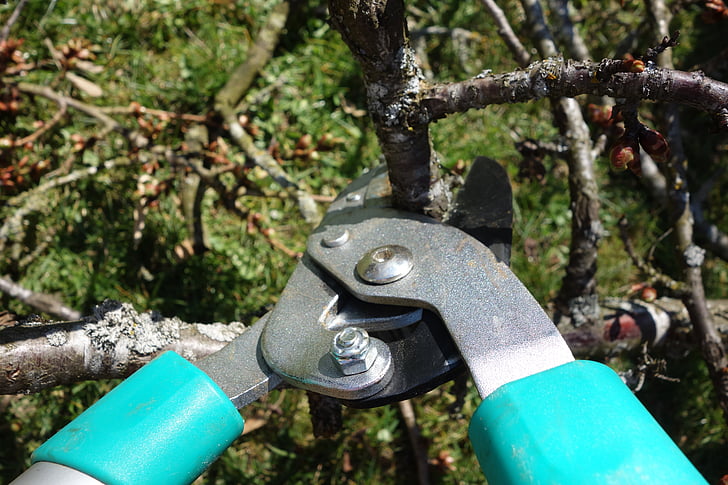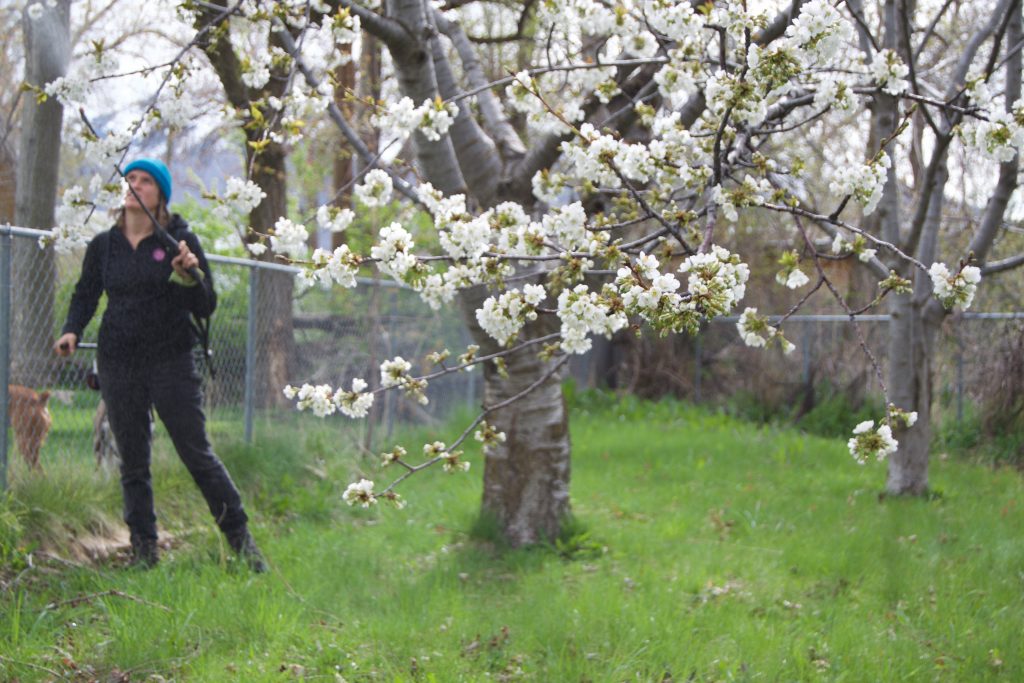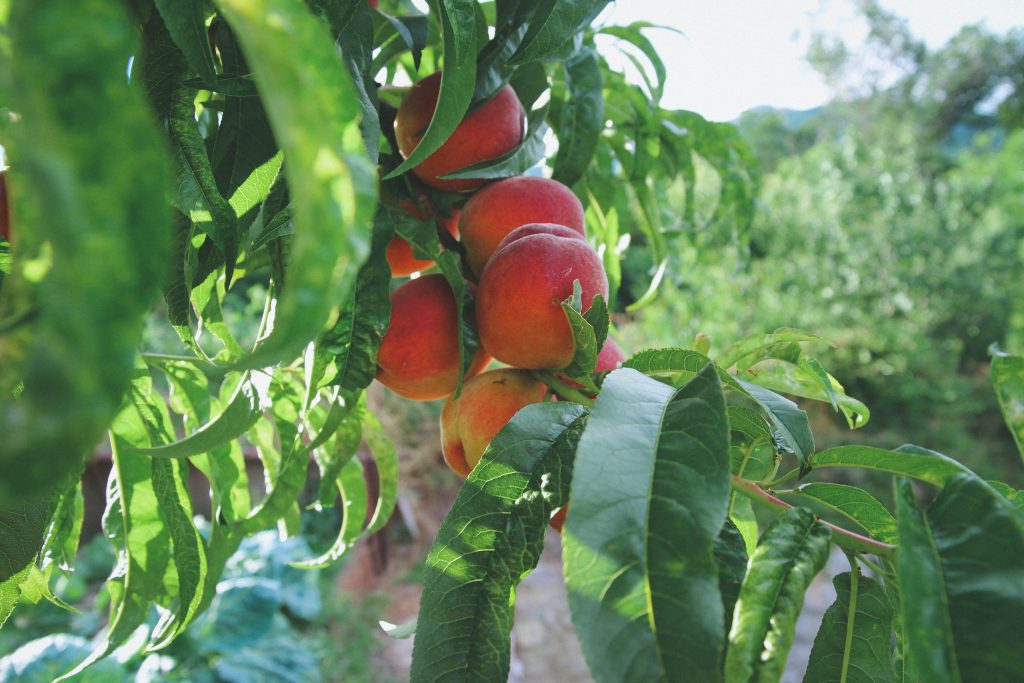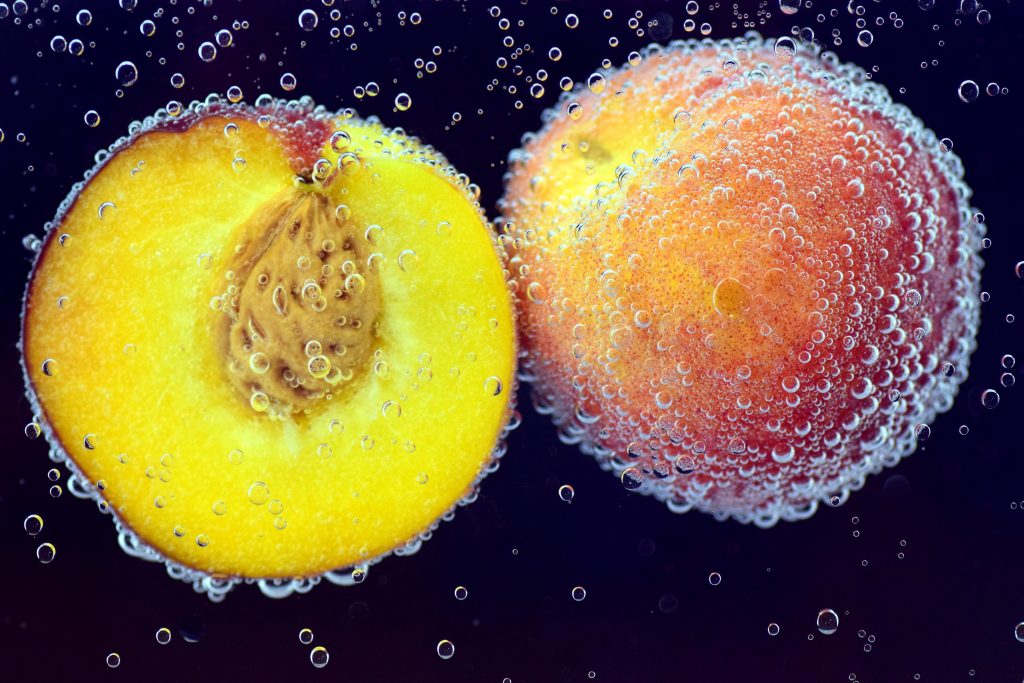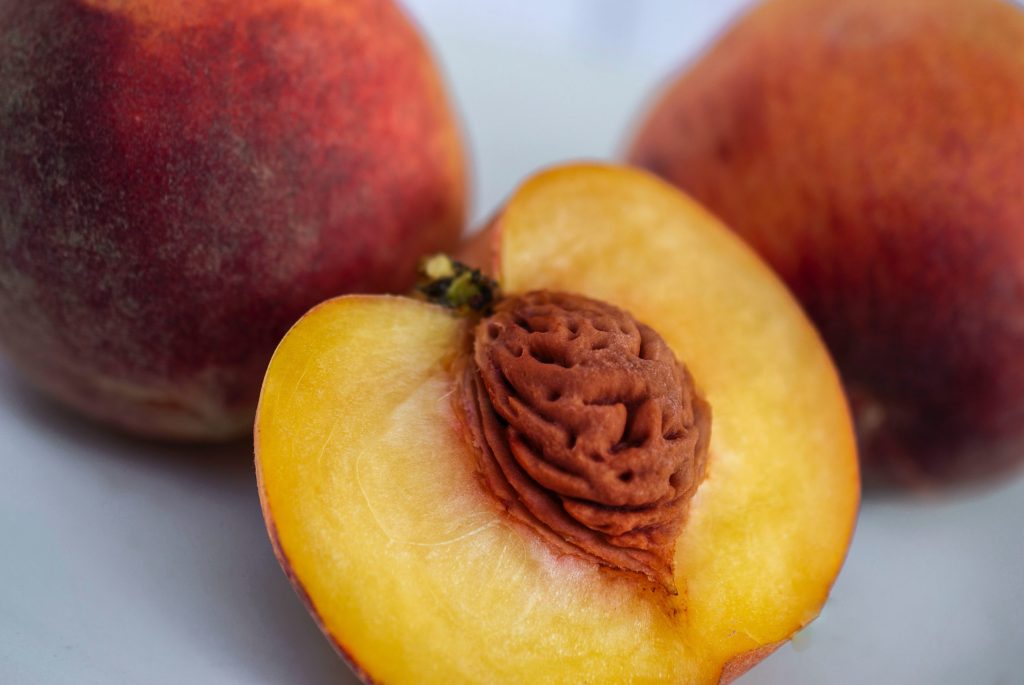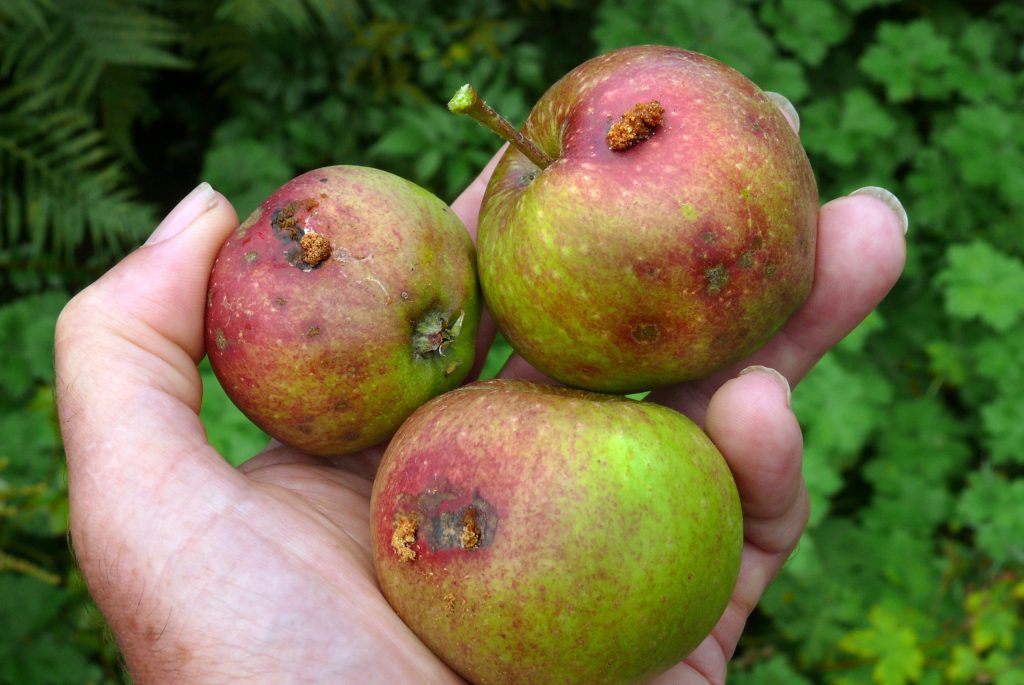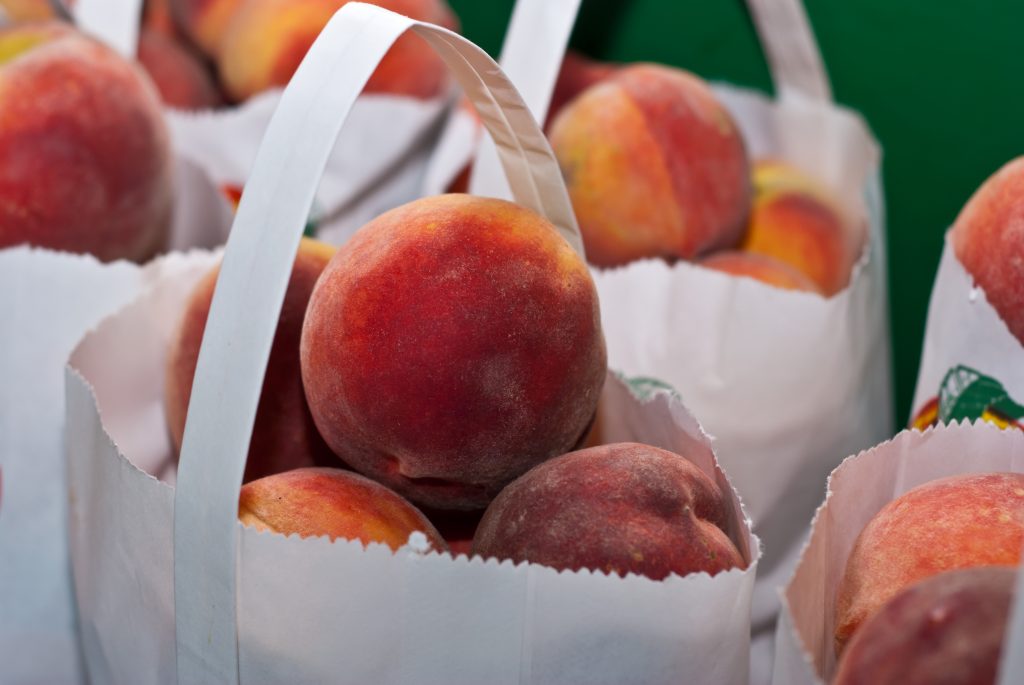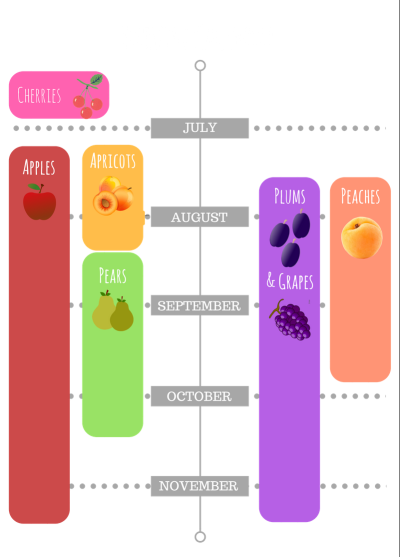Schedule a Harvest with Us!
A good time to schedule is when most of the peaches have just lost their green hue and are beginning to soften. We can’t harvest if…
- The load is too low. Must be at least 100 lbs of fruit.
- The fruit is overripe.
- The fruit is far too underripe. If the peaches are hard like rocks or are still greenish, let them continue to ripen on the tree and develop full flavor.
